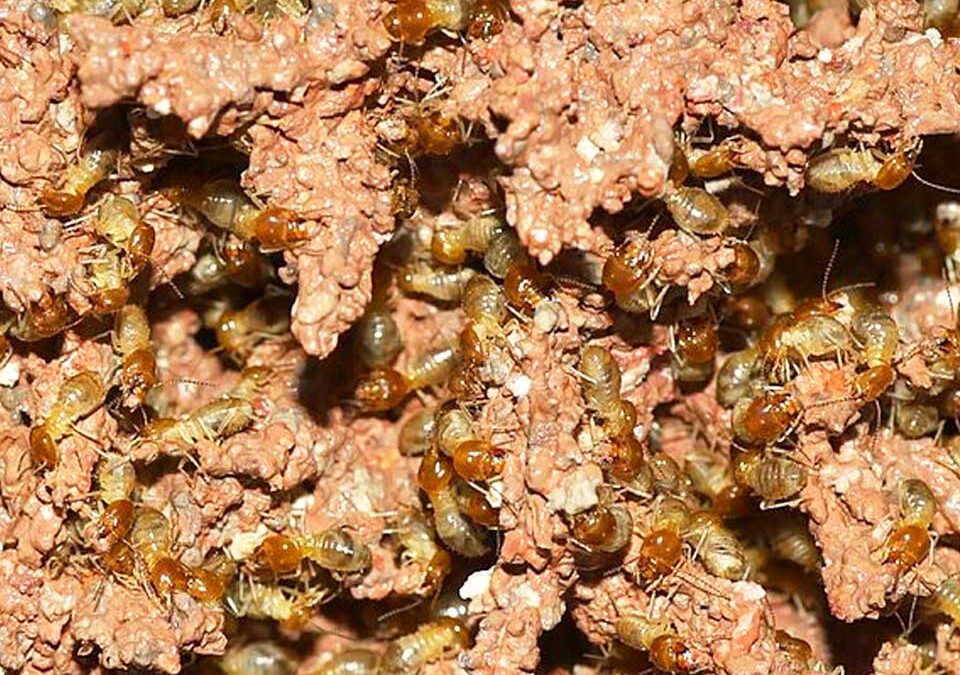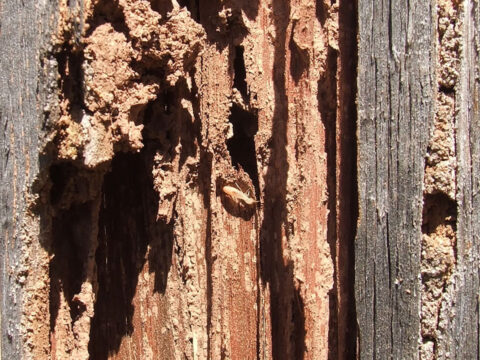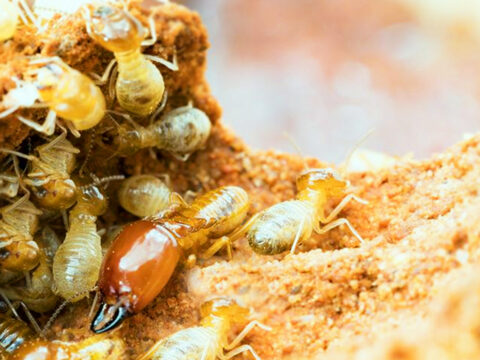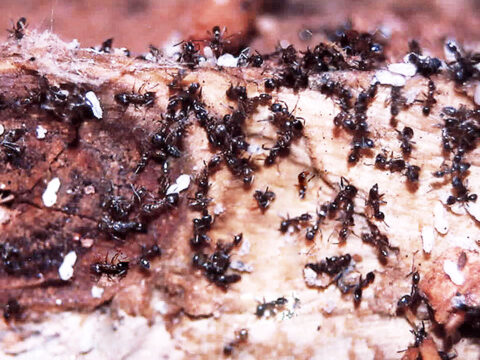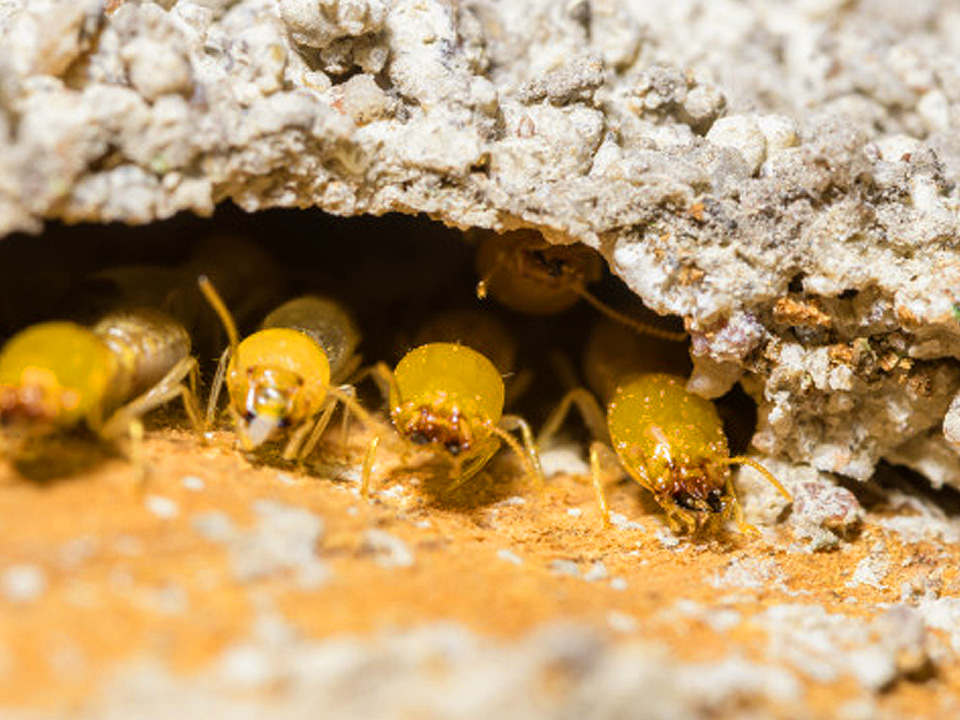
Can Termites Get In Your Bed?
November 18, 2021
Is It Possible To Get Termites In Your House From Firewood?
January 20, 2022Although there are various termite species found in the US, they can be broadly classified into three main groups: Drywood termites, Dampwood termites, and Subterranean termites. However, the subterranean termites are the most destructive of all three. This termite species can be found in almost every part of the country and are the most ferocious as they can bring down entire buildings over time.
Do All Termite Species Live In The Ground?
Although certain termite species do, not all of them live in the ground. In the United States, the subterranean termites live under the ground, in the soil. They build their nests underground where it is both moist and damp, and that is because they require a lot of moisture for their survival.
These nests are connected by mud tubes to sources of food, such as structural timbers in buildings like wooden beams, trees, or fences. To grow their colony, subterranean termites depend on the king and the queen that live entirely underground. This is why the subterranean termite workers keep their chamber moist and under the right temperature that is best for laying eggs.
Do Termites Stay Underground Or Come Out?
Subterranean termites spend most of their time underground and will frequently come up to feed on the wood, and then will go back to their colony deep in the ground.
They will also come out when the colony is ready to expand. Even then, only the reproductive members of the colony will come out to fly for half an hour at a time in a process known as swarming. Swarming takes place once a year during the spring and summer months.
How Deep Do Termites Live Underground?
Typically, the subterranean termites stay 18 to 20 feet below the ground during the winter months. When the temperatures are very low on the surface, the termites dig deep in the soil to avoid freezing to death. However, in places where central heating in homes keeps the soil around the buildings warm, these pests will remain closer to the ground surface.
During the warmer months, the subterranean termites build nests three feet below the surface if they live in coastal regions. Otherwise, they will make their nest five feet below the ground surface in mountainous areas.
How To Find A Termite Nest In The Ground?
Identifying a location that’s infested by these insects will help you save your property before the termite damage occurs. Since subterranean termites in the US do not build mounds above the ground, it might be a bit tricky to locate their nest unless you know where to look.
If you suspect that these pests have invaded your home, follow these simple steps to determine if your suspicion is confirmed.
Step 1: Look for the presence of a small hole that looks like a rounded smokestack, as that is what marks the opening of the termite hole. The soil around the hole must be moist for these termites to construct their habitat.
Step 2: Keep your eye on the opening to see whether you can spot termite wings. Winged termites shed their wings after fertilization, so spotting their shed wings is always a sign that the termites are about to form a new colony.
Step 3: If you do not see anything, knock down a bit of the ground where the hole is and check if you will see anything inside. You will likely find items transported to the colony by the industrious termites.
Subterranean termites do not nest inside homes unless they can construct a second colony wherever they find the presence of moisture from a leak or any other reason that makes the wood inside the house remain wet or moist.
Above all, be observant. The presence of discarded wings around your home is a sign of the existence of termites. Subterranean termites usually start appearing in the spring, and they go out at night and fly to the sources of light, for example porch lamps, as light attracts them. Therefore, if you suspect the presence of termites, look for shed wings. They shed wings when they meet a mate, and consequently, the presence of wings may also mean a subterranean termite’s nest is already building up.
Sometimes you may notice some unusual noise behind the walls of your house due to termite activity. For example, underground termite soldiers shake their bodies or bang their heads against the wood when they sense a threat. That alerts the rest of the colony members to scurry off and hide from danger. Search the area when you detect such noises because there could be termites nearby.
Also, you may notice the mud tubes on your property are mainly connected to the wood, these are a clear sign of the presence of a termite colony.
A subterranean termite infestation can pose a serious problem for your property as these pests will eat through wooden structures without even being noticed. Thus, it is important to inspect your house from time to time and look for the signs of termite activity. Also, the help of a professional pest control company might be necessary.
Chem Free Exterminating technicians are certified and have regular training to stay on top of the termite control know-how. If you live in Orange County, California, contact us today if you have more questions or want to get rid of your termite problem with no fuss. We are committed to providing high-quality services and will help make your home pest-free once and for all.

